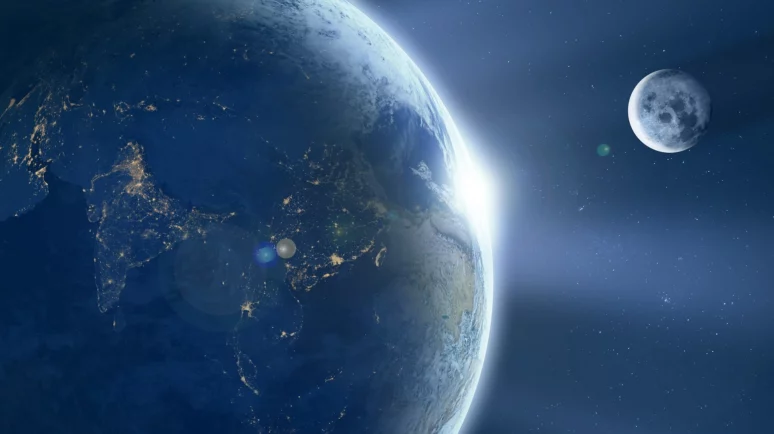AI-Generated Food More Appealing Than Real? The Impact on Consumer Choices

An image generated by RunwayML. Source: app.runwayml.com
Key Takeaways
- A study of AI-generated depictions of food observed that consumers found them more appealing than real photos.
- However, the effect was mitigated when people knew which images were created with AI.
- The findings have implications for food marketing and consumer psychology.
The emergence of powerful AI image and video generators is fast transforming the advertising industry, with many product marketers embracing tools like DALL-E and Midjourney.
But how do consumers perceive these images? One recent study suggests AI-generated pictures of food can look tastier than photos, although the effect only works under certain conditions.
Comparing Real vs. AI-Generated Food Images
To assess the the visual appeal of real versus AI-generated images images of food, researchers designed 2 experiments to compare how people respond to each.
In the first experiment, participants were challenged to correctly identify whether food images were real or generated by AI.
When compared side-by-side with equivalent real photos, the proportion of food items accurately identified as AI-generated ranged from 62% (carrot juice) to 91% (chocolate-covered peanuts).
With a few exceptions, the study found that people were better at identifying AI-generated images of processed foods compared to unprocessed ones.
The data also shows a strong age correlation, with younger participants better able to discern synthetic images than their older peers.
AI-Generated Pictures That Look Good Enough to Eat
For their second experiment, the researchers asked people to rate how appealing they found food images.
Some participants were told which images were generated by AI, while others were given no information about their origin. A third group was shown images that were incorrectly identified as either real or AI-generated.
The results showed that AI-generated images appeared more appetizing than real photos when the participants were unaware of their origin.
However, when images were correctly labeled, there was no significant difference in the appeal of real and AI-generated photos.
Finally, when images were mislabeled, participants rated those they believed to be real as more appetizing than those they thought were generated by AI.
Implications for Consumer Psychology
Noting a parallel with studies that have demonstrated a preference for AI-generated human portraits, the authors of the new research said their finding “may reflect the tendency of AI models like DALL-E to enhance image desirability.”
Certainly, AI-generated images tend to depict food in a good light. Both literally, in the sense that they emphasize glossy textures and warm colors, and figuratively, in the way they are usually devoid of imperfections.
The discovery that consumers find artificially-generated images more appealing has major consequences for food marketers.
But to benefit from the preference, they would have to mislead people about the authenticity of advertising materials. This poses the prospect that AI-powered marketing could be open to abuse.
Additionally, the researchers flagged concerns about the implications of such idealized food images becoming more normalized:
“There is a concern that if these models consistently produce less “ugly” food images, this might inadvertently end up nudging people towards an unsustainable ideal of what natural food should look like.”
They also warned that the proliferation of AI-generated food depictions could exacerbate the phenomenon of “visual hunger,” whereby photos of food can prompt cravings even when the viewer isn’t hungry.


